Religious Movements, Militancy and Conflict in South Asia
Religion is a relevant factor in key ways that these groups build support, including their relations with the state, service provision, kinship and patronage networks, and diaspora outreach. The roles religion plays in these categories are complicated and not always intuitive. South Asia’s domestic conflicts are also rooted in its turbulent and unfinished processes of state and nation-building. Unsettled social equations and political hierarchies sharpen ethnic and sectarian conflicts. Identity and ownership of the state- and the nation-in- the-making bring diverse social groups at daggers drawn. India’s near-term military options against Pakistan are risky and uncertain. They are risky because India’s ability to keep a conflict limited is in doubt and because nuclear risk is present throughout the escalation process. They are uncertain because, while India enjoys conventional military advantages across all three services, these advantages are not as decisive as sometimes assumed. A military revolution is now in the ascendant in today’s world. Thoughts on reinforcing the quality building of our army should be conducted against this general background. “After going through the stages of bare-handed battles, cold steel weapons, hot steel weapons, and mechanization, military operations are now entering the information age. These five major military revolutions corresponded with five industrial revolutions.” The book brings together a host of experts to analyse competing interests of the South Asian states leading to interstate conflict formation and examine their various attempts at conflict containment and resolution.
Get it now and save 10%
BECOME A MEMBER


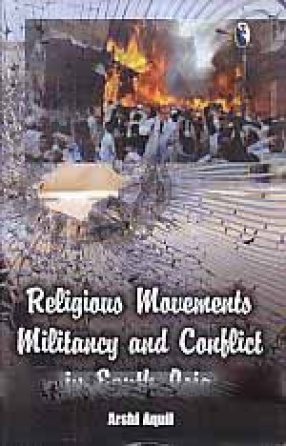
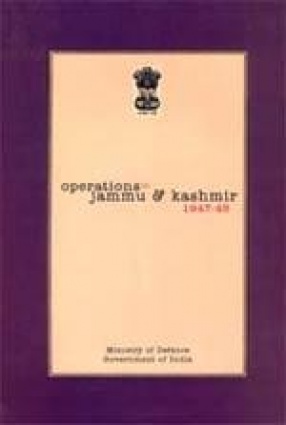
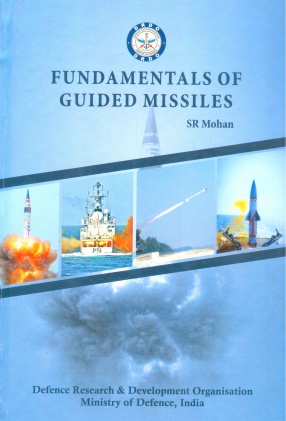
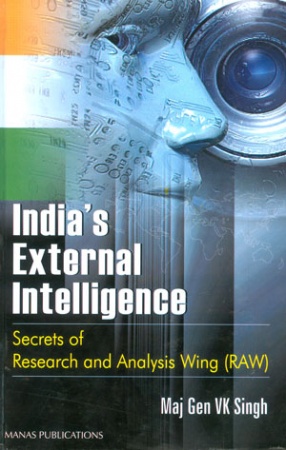
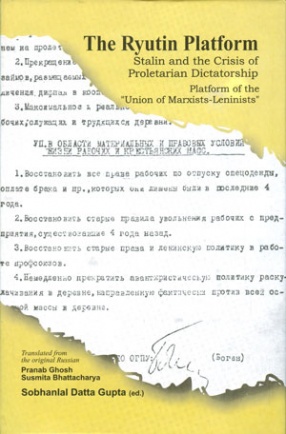

Bibliographic information